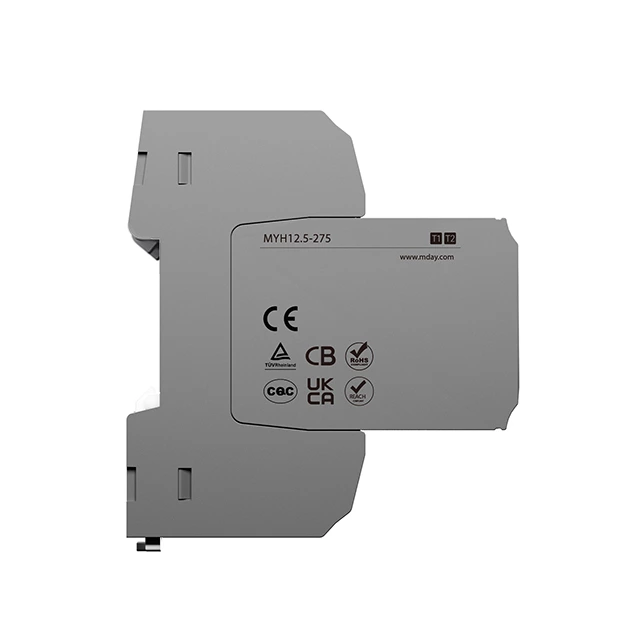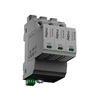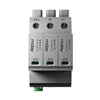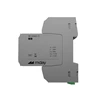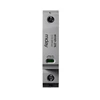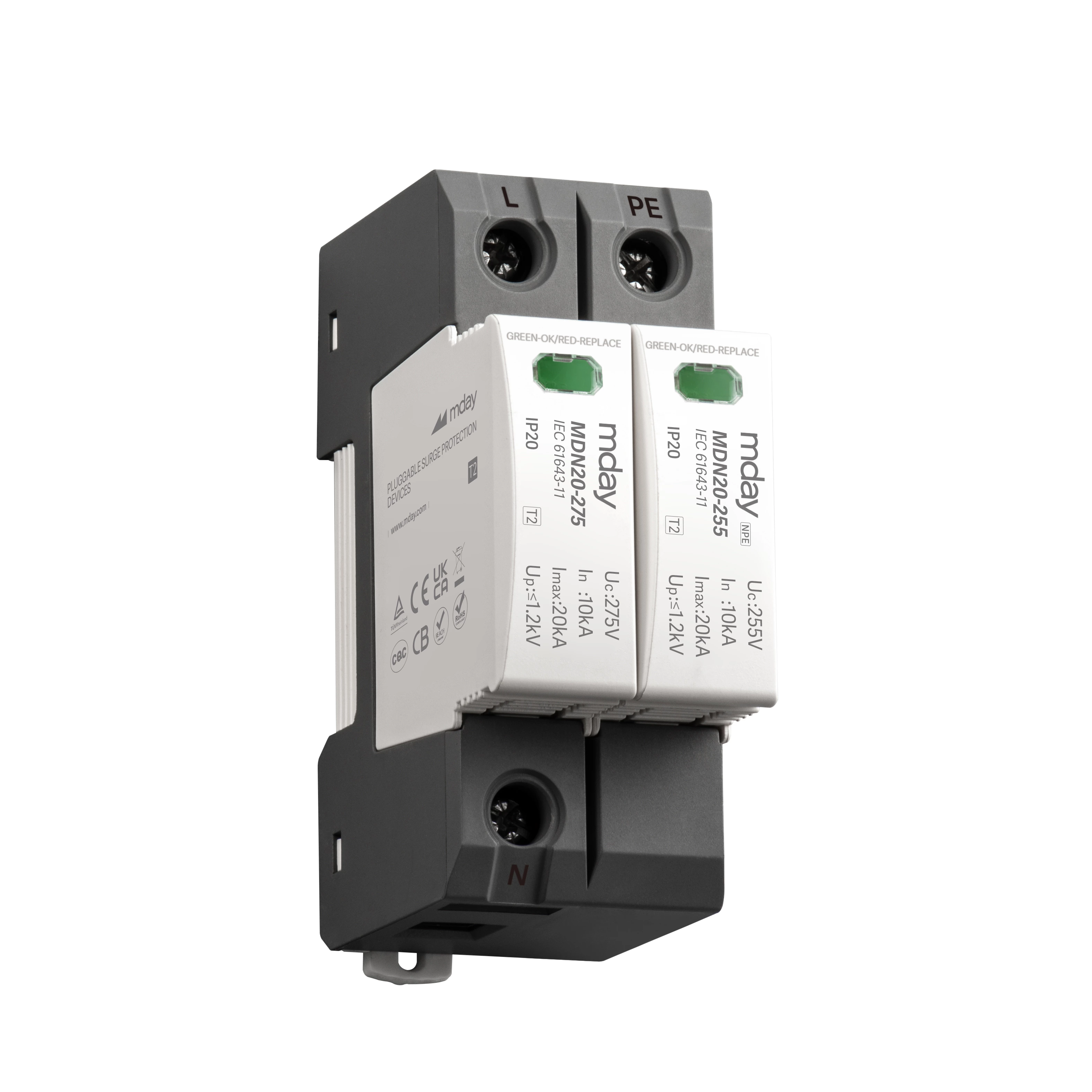How To Select The Current Value Of The Surge Protector? How To Select The Current Value Of The Surge Protector
Surge protector, also known as lightning arrester,surge protection device, SPD, etc., is an electronic device that provides safety protection for various electronic equipment, instruments and meters, and communication lines. Its function is to limit transient overvoltage and discharge surge current to the ground wire. The current value of the surge protective device represents its lightning protection capability. It is very important to choose the appropriate current value of the surge protector! The selection of the current value (flow rate) of the surge protector needs to be considered from the following two aspects:
1. Building lightning protection level
National standard GB 50343-2012 Section 4.3.1: Building electronic information system divides buildings into four levels of ABCD based on the importance, economy and value of the building.
2. Lightning protection zoning
Lightning protection zoning is the theoretical basis of lightning protection. Various forms of lightning protection measures are based on the theory of lightning protection zoning, which is also the theoretical basis for the selection of surge protectors.
National Standard GB50343-2012 Section 3.2: Buildings that need to protect and control the lightning electromagnetic pulse environment should be divided into different lightning protection zones according to the provisions of this specification.
GB50343 Table 4.3.1 Lightning protection zone division
Based on the concept of building protection level and lightning protection zone, the recommended values of the impulse current and nominal discharge current parameters of the national standard 50343 5.4.3-3 power line surge protector are as follows:
